From reconnaissance to strikes. Refinement of the UAV in the interests of the Russian army
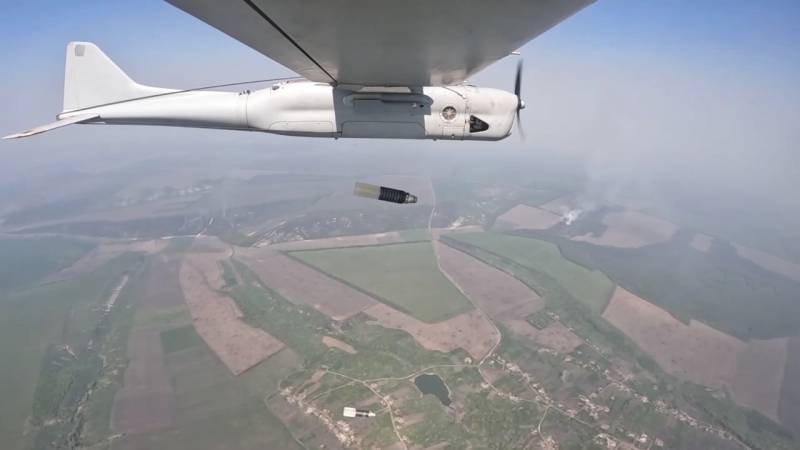
Serial UAV "Orlan-10" with devices for dropping grenades. Photo by the Ministry of Defense of the Russian Federation
During the current Special Operation, the Russian army makes extensive use of unmanned aerial vehicles of various classes with strike capabilities. Similar equipment, often of the same models, is available to the enemy. It is curious that the bulk of the used strike UAVs could not initially carry a combat load and received such capabilities only after a rework. In general, this approach paid off, thanks to which the army's strike capabilities improved.
Additional features
In the past 10-12 years, the Russian army has paid great attention to the development of unmanned aviation. Various types of UAVs were developed and adopted. Basically, it was about tactical air reconnaissance systems, such as Orlan-10. In addition, the development of new reconnaissance and strike systems was underway, and a similar refinement of finished products was also carried out.
A good example of modernizing an existing UAV with expanding its capabilities is the Forpost-RU project, which was brought to trials in 2021. The Forpost family of vehicles entered service a long time ago, but could only conduct reconnaissance. Modification "RU" got the opportunity to carry and use specially designed small-caliber adjustable bombs KAB20S.
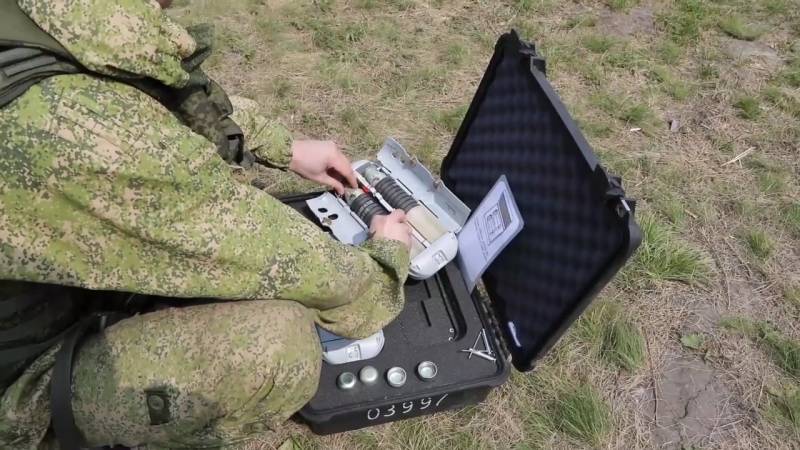
Preparation of reset devices for "Orlan". Photo by the Ministry of Defense of the Russian Federation
To date, "Outpost-RU" has reached the point of operation in the army, and the Ministry of Defense has repeatedly shown the combat work of such drones. With the help of standard optics, such UAVs detect ground targets and attack them with bombs. Semi-active or satellite guidance provides high accuracy of engagement with minimal collateral damage.
In the spring of 2022, the strike version of the Orlan-10 UAV was demonstrated for the first time. It differs from the basic reconnaissance aircraft by the presence of two drop devices under the wing. Each contains a pair of "bombs" made on the basis of the VOG-25 grenade. For the use of such weapons, the control system was finalized.
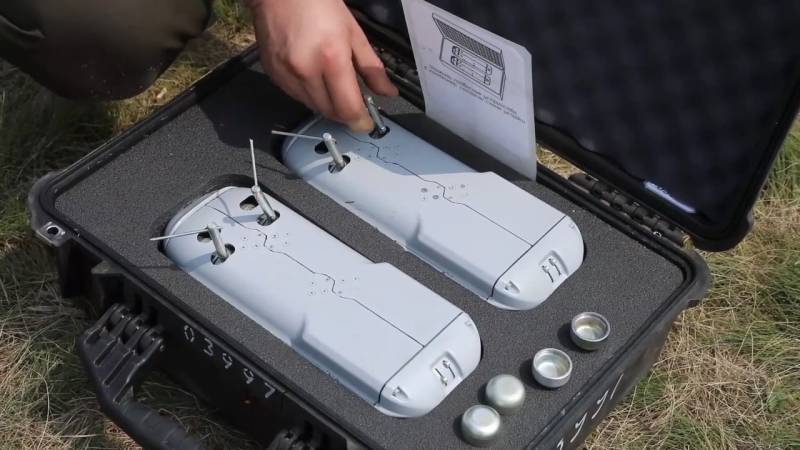
A set of devices for one UAV. Photo by the Ministry of Defense of the Russian Federation
At the time of the first demonstration, Orlan-10 products with grenades were already present in the combat zone and were tested in real conditions. Ease of operation, complete unification with the mass reconnaissance UAV and other advantages were noted.
Ultralight bombers
The widest distribution in the combat zone received small UAVs. First of all, copters of popular commercial models get into the troops. Deliveries are carried out by enthusiasts and public organizations, and purchases are provided by public donations. At first, this technique used only regular functions and conducted visual reconnaissance, but almost immediately the processes of expanding its capabilities began.
Depending on the model, a small drone can carry a payload of tens or hundreds of grams. Larger multicopters are capable of lifting and carrying kilograms. This is enough to make a kind of ultralight bomber out of the UAV. In this configuration, using a standard video camera, you can monitor, search for a target and aim at it, and a special reset device ensures its defeat.
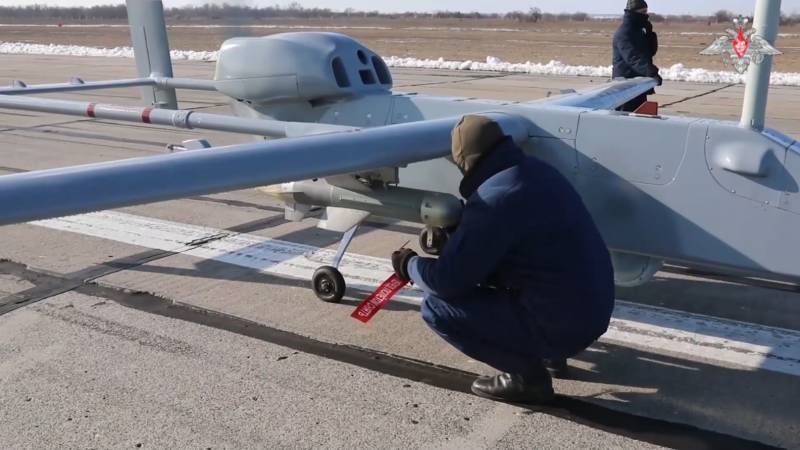
"Forpost-RU" with KAB20S bombs. Photo by the Ministry of Defense of the Russian Federation
To equip UAVs of popular models, various options for reset devices are offered. Depending on the parameters of the device, these are single or multiple holders with remote control. At the same time, the low mass of the load sharply reduces the requirements for such a device.
Improvised bombers use a wide range of different munitions. They can carry and drop hand or anti-tank grenades, rounds for automatic grenade launchers, and even mortar rounds. Such ammunition can be used in its original form or after minor modifications. So, to increase the accuracy of mines or grenades, they are equipped with a shank with a stabilizer. These devices are often made by XNUMXD printing, which gives the best balance of technical characteristics, cost and production volumes.
The advent of light strike UAVs based on commercial systems has given the troops a number of important advantages. First of all, it became possible to increase the number of strike systems in the troops, and without a long wait or significant costs. The copters are able to drop the load from the hover, which improves accuracy and compensates for the small mass of the “bomb”.
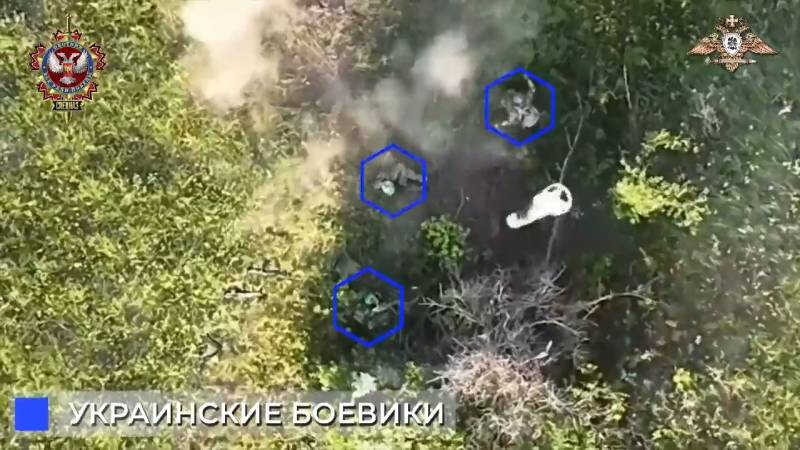
Dropping an impromptu aerial bomb (on the right side of the frame) on enemy fighters. Photo Telegram / Dambiev
loitering ammunition
Long before the beginning of the Special Operation, the direction of loitering ammunition was developed. By the beginning of the current decade, the first samples of this kind, developed by the defense industry, were presented and tested. They managed to be tested in Syria, and since last year such equipment has been actively used as part of the Special Operation.
According to known data, the defense industry, represented by large enterprises, has reached high rates of BB production. Release of products "Lancet", etc. allows you to cover at least most of the needs of the troops. In addition, there is “initiative from below”. By the forces of small enterprises, various workshops, etc. similar UAVs with other features and characteristics are being developed and assembled.
In such cases, APs are built by equipping an available UAV with a warhead of one sort or another - without a drop device. The target is hit with a direct hit. In this role, any available drones with sufficient payload and flight characteristics, both existing and specially developed, can be used.
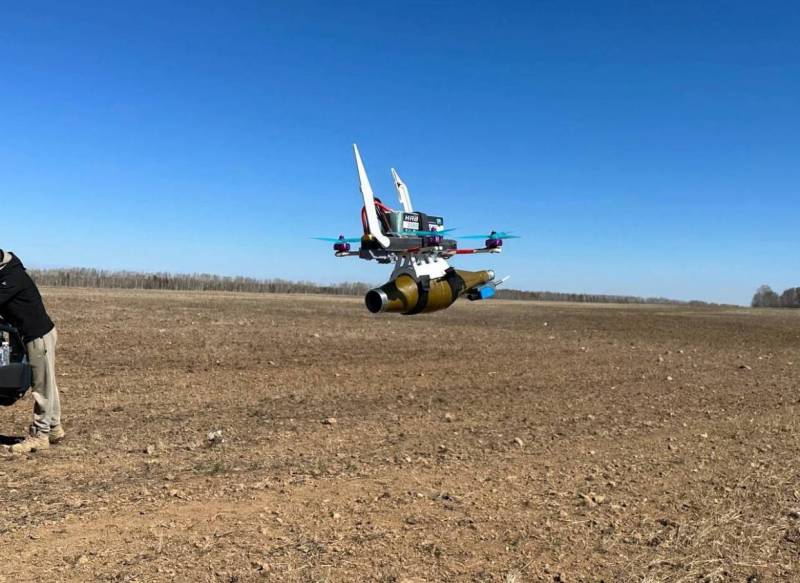
Kamikaze drone "Ghoul" developed by enthusiasts from the "Turned in War" team. Photo Telegram / "Turned in the war"
Recently, a kind of subclass of loitering ammunition has taken shape - FPV drones. These are light copters with high flight and maneuvering characteristics, a video camera with a first-person view and a warhead. Yielding to "ordinary" warheads in the main characteristics, such products are distinguished by improved maneuverability and simplify the search for and defeat of small targets, up to individual enemy militants. In addition, they are able to solve combat missions even in confined spaces with a minimum of free space for flight and maneuver.
Obvious Trends
Unmanned aerial vehicles have long mastered the shock function and have repeatedly demonstrated their potential of this kind. The development of such ideas continues and leads to the emergence of new concepts and many samples. Russian industry and enthusiasts strive to follow these trends, and also try to be ahead of the curve.
To date, the defense industry, represented by large enterprises, has given the army several types of "ordinary" reconnaissance and strike UAVs of the medium and heavy class. Also, projects have been created to refine cash devices with a shock capability. In addition, the industry has launched a mass production of loitering light-class ammunition.
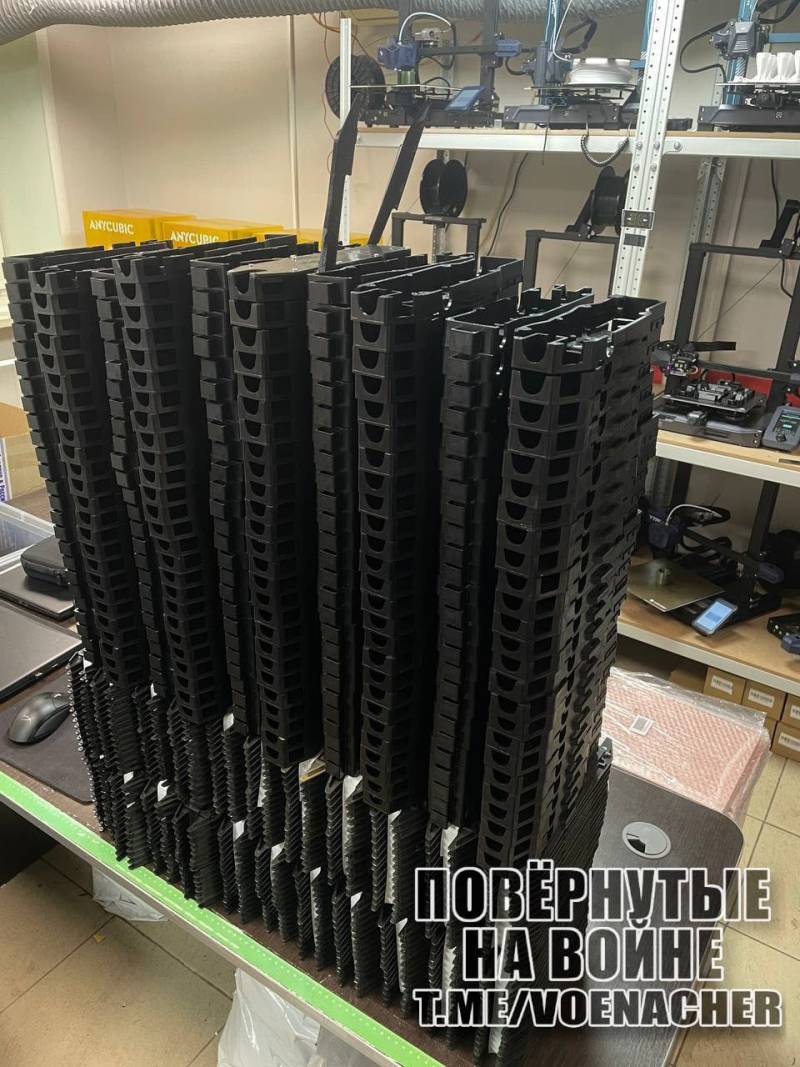
Details for "Ghouls". Photo Telegram / "Turned in the war"
In parallel, small organizations and groups of enthusiasts play their role. They help the army with the supply of the necessary commercial drones, both in their original form and in shock configuration. Moreover, small teams are developing new designs.
In all these processes, the refinement of existing samples with the expansion of their functions is of great interest. Such projects show the potential of various UAVs as platforms for solving various problems. In addition, they demonstrate the ability of large and small enterprises to improve existing equipment or create new ones.
As a result of all these processes, the Russian army received a fairly wide range of reconnaissance and strike UAVs of various classes and types with certain features and advantages. At the same time, it can be expected that the development of this area will continue - and new models of unmanned vehicles will appear at the disposal of operators. What they will turn out to be, how they will differ from the current technology and how they will affect the conduct of the Special Operation, time will tell.
Information